Login
Subscribetranscriptomics

Toward Better Biomarkers for Schizophrenia
Deanna MacNeil, PhD | Aug 7, 2023 | 3 min read
Researchers scratch the surface of schizophrenia susceptibility by uncovering DNA methylation differences in neonatal blood samples.
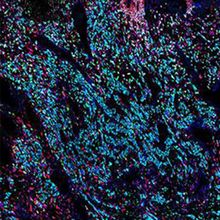
The Cellular Intricacies of the Human Placenta
Ida Emilie Steinmark, PhD | Jul 5, 2023 | 2 min read
Rare samples saved 35 years ago helped researchers map gene expression and cell differentiation in first trimester placentas.

Modern Multiomics: Why, How, and Where to Next?
The Scientist’s Creative Services Team and Illumina | 4 min read
A conversation with Illumina Distinguished Scientist and Vice President Gary Schroth about the present and future of multiomic technology and applications
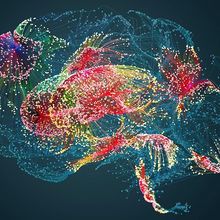
New Insight into Brain Inflammation Inspires New Hope for Epilepsy Treatment
Deanna MacNeil, PhD | Jan 23, 2023 | 3 min read
Clinicians and researchers teamed up to investigate how inappropriate proinflammatory mechanisms contribute to the pathogenesis of drug-refractory epilepsy.
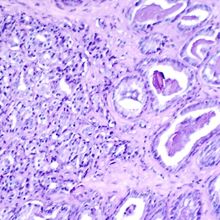
2D Genetic Map of Prostate Cells Charts Cancer Growth
Holly Barker, PhD | Aug 23, 2022 | 4 min read
An in situ map of copy number variations in prostate tissue reveals that purportedly cancerous genomic changes frequently occur in the healthy tissue surrounding tumors.
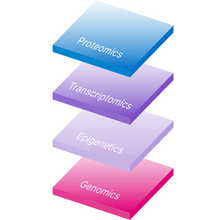
Integrate and Innovate with NGS and Multiomics
The Scientist’s Creative Services Team and Illumina | 6 min read
Researchers across disciplines combine layers of discovery obtained with accessible NGS-based multiomics approaches.
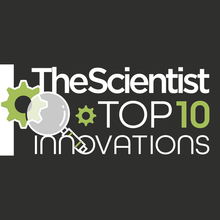
Last Chance to Enter Our Annual Top 10 Innovations Contest
The Scientist Staff | Jul 11, 2022 | 1 min read
There is only one week remaining to submit your new product to vie for a coveted spot in The Scientist’s 2022 competition.

A Brave New World for Spatial Genomics in Cancer Research
Nele Haelterman, PhD | Jun 27, 2022 | 3 min read
A new CRISPR screening technology allows scientists to recreate tumor heterogeneity in vivo and study how it affects all aspects of cancer biology.
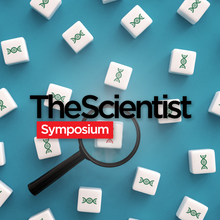
Benign or Cancerous? Differentiating Mutation Types with Machine Learning
The Scientist’s Creative Services Team | 2 min read
Scientists turn to machine learning and big data approaches for precision -omics in cancer research.

Mapping Out What Makes the Heart Tick
Nathan Ni, PhD | Jun 27, 2022 | 3 min read
A novel atlas reveals region-specific links between structural, mechanical, and genetic properties within the heart.

Early Inflammation Protects Against Chronic Pain, Study Finds
Alejandra Manjarrez, PhD | May 12, 2022 | 3 min read
Human data and experiments in mice challenge the common use of anti-inflammatory drugs to treat pain.
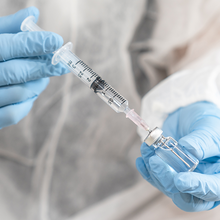
Modulating the Immune Response to Vaccines
The Scientist’s Creative Services Team | 1 min read
Researchers uncover innovative natural approaches to fine-tune immunity from vaccination.
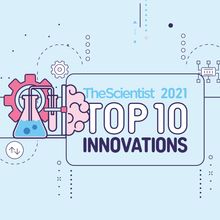
2021 Top 10 Innovations
The Scientist Staff | Dec 1, 2021 | 10+ min read
The COVID-19 pandemic is still with us. Biomedical innovation has rallied to address that pressing concern while continuing to tackle broader research challenges.
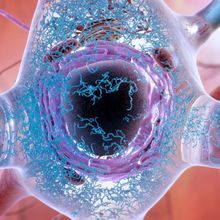
Genes for Alcohol Use Disorder and Alzheimer’s Risk Overlap: Study
Emma Yasinski | Aug 24, 2021 | 4 min read
Genetic, transcriptomic, and epigenetic data reveal molecular mechanisms tying these disorders to each other and to immune disfunction.
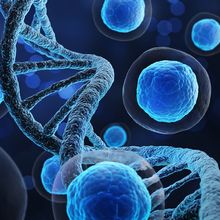
How to Improve Yield and Reproducibility in Different -Omics Applications
Covaris | 1 min read
Extracting nucleic acids and proteins gently from samples increases experimental success.
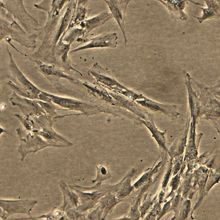
Gene Offers Clue to How Human Labor Starts
Christie Wilcox, PhD | Aug 1, 2021 | 2 min read
Genes associated with preterm birth and protecting the fetus from the mother’s immune system appear to be regulated by HAND2.

Identified: Molecular Predictors of Rheumatoid Arthritis Relapse
Ruth Williams | Jul 15, 2020 | 4 min read
The presence of a particular set of RNAs in the blood forewarns of an onset of severe symptoms and points to the cells involved.
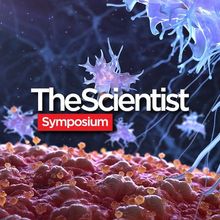
Neoantigen Prediction for Precision Immunotherapies
The Scientist’s Creative Services Team | 2 min read
Learn about the tools and resources researchers use to define, discover, and deploy anti-tumor immunotherapies.
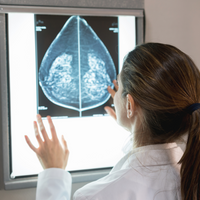
Heart Attack Elevates Risk of Breast Cancer Recurrence: Study
Amanda Heidt | Jul 13, 2020 | 4 min read
Mice that experienced heart attacks underwent a large-scale shift in their immune systems that allowed cancer to flourish, perhaps explaining the observation in patients.
